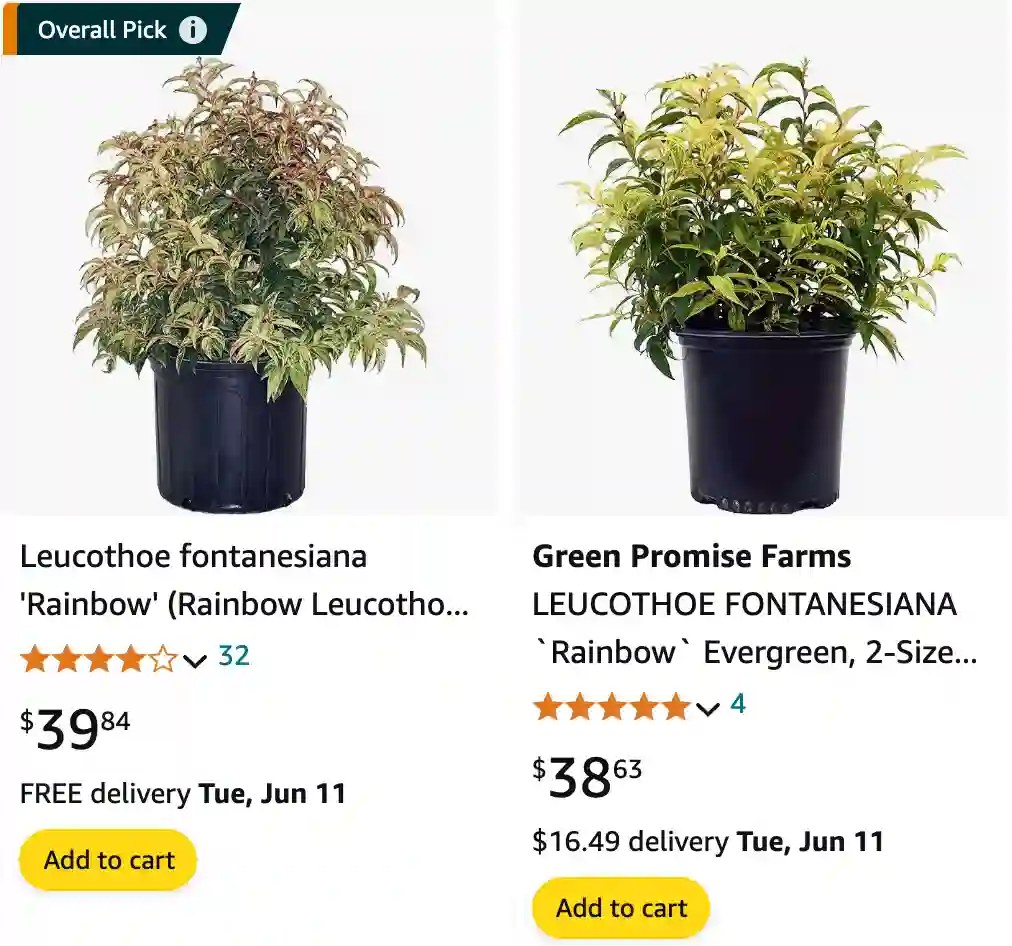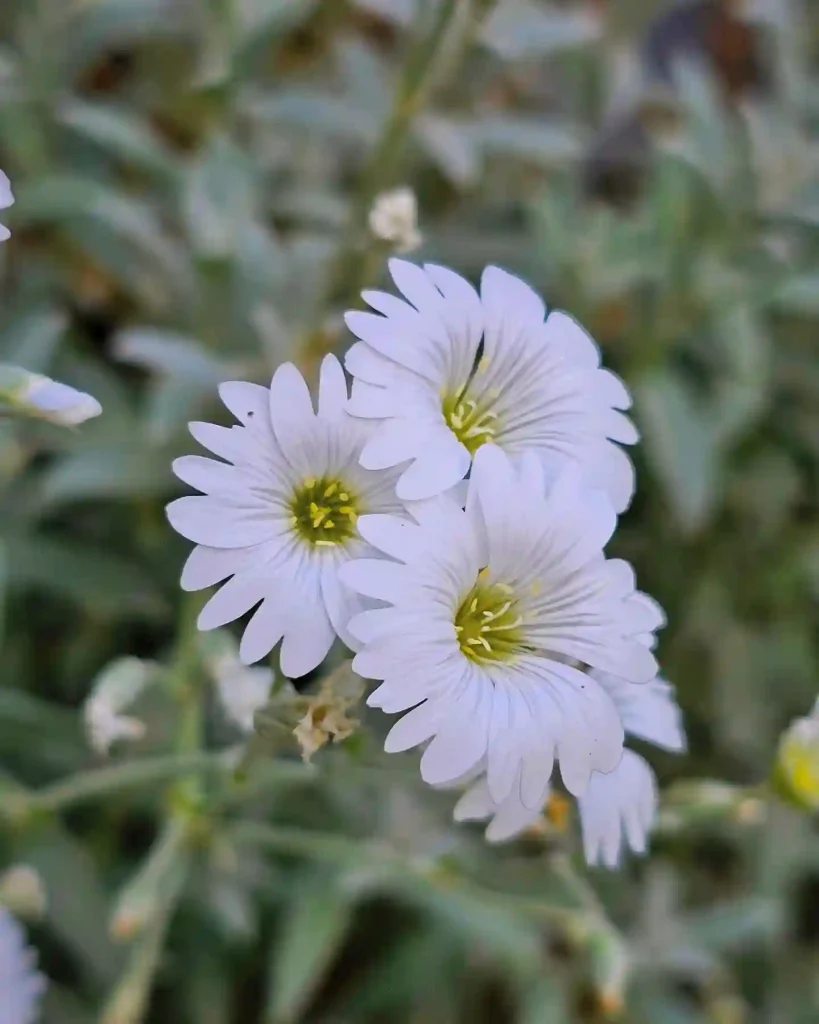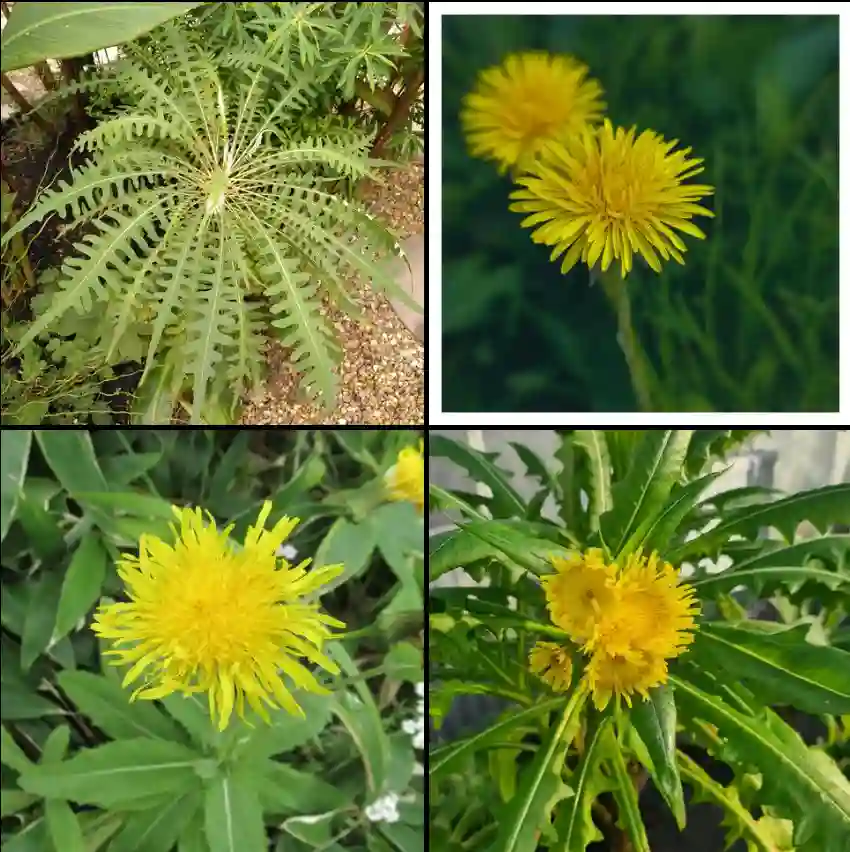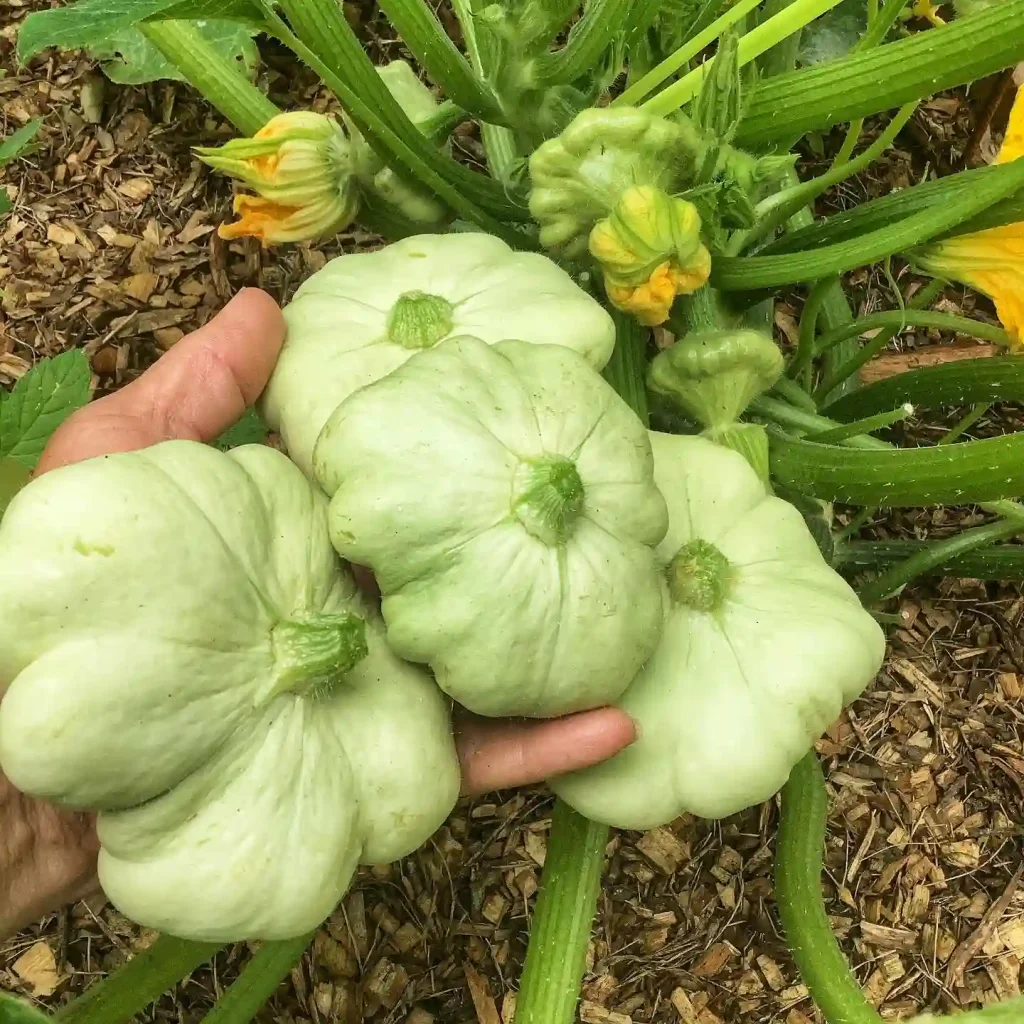
The Alluring Rainbow Leucothoe: A Gardener’s Guide
The Leucothoe Rainbow is a captivating shrub that brings a burst of color to any landscape. Its vibrant foliage, ranging from burgundy to green with streaks of pink and cream, adds a unique touch that elevates the aesthetics of your garden. But like all plants, the Rainbow Leucothoe can be susceptible to certain issues. In this guide, I’ll share my experience caring for this stunning shrub, including how to identify and treat black spot disease, propagation techniques, and companion planting ideas.
5 Species in Genus Leucothoe
What is the Rainbow Leucothoe Bush?
The Rainbow Leucothoe (Leucothoe fontanesia ‘Rainbow’) is a low-maintenance evergreen shrub prized for its ornamental foliage. It’s a member of the Ericaceae family, closely related to azaleas and rhododendrons. This slow-growing shrub typically reaches a mature height of 2-3 feet and a spread of 3-5 feet, making it ideal for borders, foundation plantings, or container gardening.
The Rainbow Leucothoe thrives in dappled shade and prefers moist, well-drained, acidic soil. Its vibrant foliage provides year-round interest, even in winter when the leaves take on a deeper burgundy hue.
How to Care for the Leucothoe Rainbow?
Caring for the Rainbow Leucothoe is relatively straightforward. Here are some key tips:
- Planting: Choose a location that receives dappled shade or morning sun. Amend the soil with organic matter like compost or peat moss to ensure good drainage and acidity.
- Watering: Water regularly, especially during the first year after planting and during dry spells. Aim to keep the soil consistently moist but not soggy.
- Mulching: Apply a layer of mulch around the base of the plant to retain moisture, regulate soil temperature, and suppress weeds.
- Fertilizing: Fertilize lightly in early spring with a fertilizer formulated for acid-loving plants. Avoid over-fertilizing, which can damage the roots.
- Pruning: Prune lightly after flowering to maintain a desired shape and remove any dead or diseased branches.
By following these simple steps, you can ensure your Rainbow Leucothoe thrives and adds a touch of elegance to your garden.
How to Propagate the Rainbow Leucothoe?
Propagating the Rainbow Leucothoe is a rewarding way to expand your collection or share this beautiful plant with friends. Here are two effective methods:
- Softwood Cuttings: Take softwood cuttings in late spring or early summer. Choose healthy, non-flowering stems with a few nodes. Remove the lower leaves and dip the cut end in rooting hormone. Plant the cuttings in a pot filled with a well-draining potting mix and keep them moist in a location with indirect sunlight.
- Layering: This method involves encouraging a low-lying branch to grow roots without severing it from the parent plant. Make a shallow incision on the underside of the branch near a node, apply rooting hormone, and bury the portion with the incision in moist soil. Secure the branch in place with a wire loop. Once roots develop, you can sever the connection and transplant the new Leucothoe plant.
Both methods require patience, but with proper care, you can successfully propagate your Rainbow Leucothoe and enjoy its beauty in other areas of your garden.
What to Plant with the Rainbow Leucothoe?
The Rainbow Leucothoe’s vibrant foliage pairs beautifully with a variety of plants that share similar growing conditions. Here are some ideas for companion planting:
- Hydrangeas: Their colorful blooms complement the Leucothoe’s foliage, creating a visually stunning combination.
- Ferns: Ferns add a touch of texture and greenery, providing a cool and refreshing contrast.
- Hostas: These shade-loving plants come in various colors and textures, offering a harmonious backdrop for the Leucothoe.
- Japanese Maples: The fiery fall foliage of Japanese maples creates a dramatic contrast with the Rainbow Leucothoe’s evergreen leaves.
By carefully selecting companion plants, you can create a vibrant and captivating landscape that thrives in dappled shade.
How to Treat Black Spot on Leucothoe Rainbow?
Black spot is a fungal disease that can affect the Rainbow Leucothoe, causing dark brown or black spots to appear on the leaves. While not usually fatal, it can detract from the plant’s aesthetics. Here’s how to manage black spot:
- Prevention is Key: Proper watering practices are crucial. Avoid overhead watering, which can spread fungal spores. Instead, water directly at the base of the plant. Additionally, improve air circulation by thinning crowded branches.
- Fungicide Application: If you notice black spot, remove and dispose of affected leaves. Apply a fungicide labeled for use on evergreens according to the manufacturer’s instructions. Early intervention is key for effective control. However, fungicides should only be used as a last resort, as they can harm beneficial insects.
Organic Options: If you prefer a more natural approach, try a neem oil spray. Neem oil disrupts the fungal lifecycle and can help control the spread of black spot. Apply neem oil according to label directions, focusing on both the top and underside of leaves. Remember, prevention is always better than cure. By following the care tips outlined above and maintaining good garden hygiene, you can minimize the risk of black spot and keep your Rainbow Leucothoe looking its best year-round.
If i die, water my plants!



